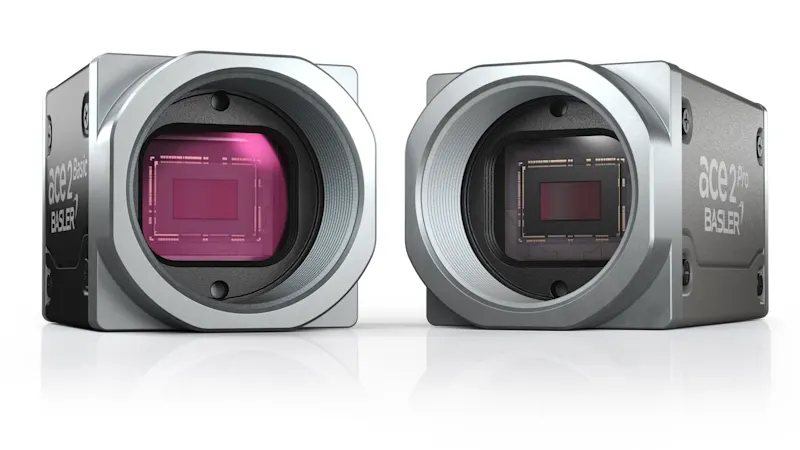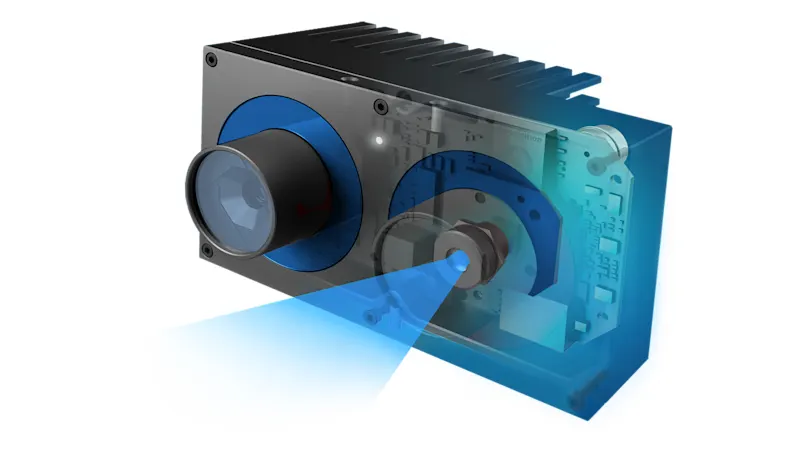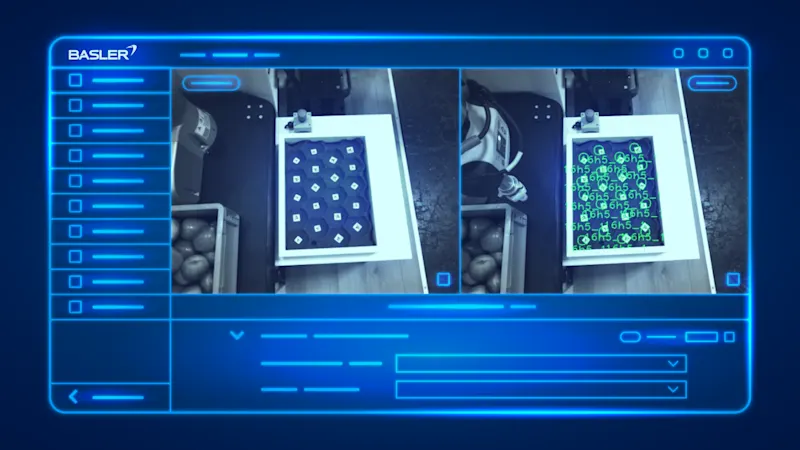3D Image Processing
Robots with three-dimensional perception
Robots that grip goods quickly and precisely were difficult to implement for a long time. But thanks to modern 3D image processing, robots can see spatially and interact with objects almost as a human would. This technology is revolutionizing image processing and is becoming increasingly important.
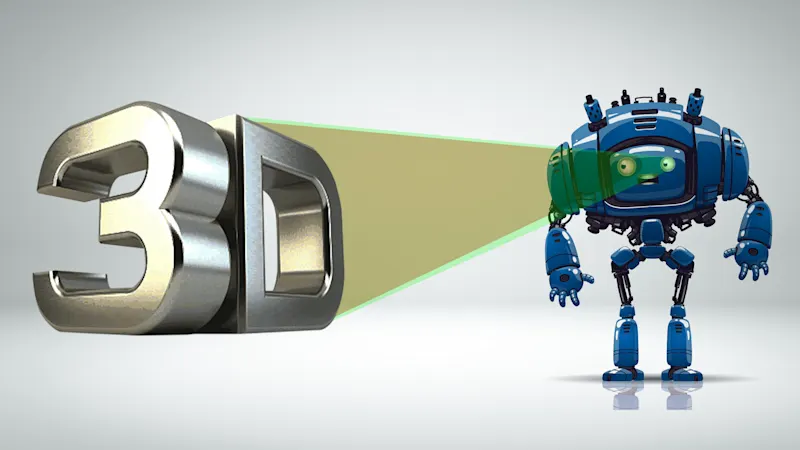
How advances in vision technology are changing robotics
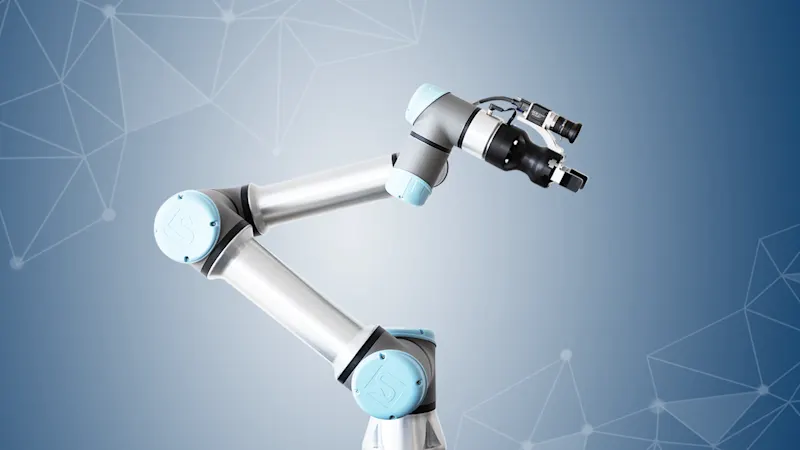
Discover the world of image-guided robotics. Our webinar shows which 2D and 3D vision technologies are ideal for your applications. We shed light on typical tasks in material handling, logistics, processing, and quality control, among others. Find out what criteria you should consider when selecting your vision components.
Watch the robotics webinarDifferent procedures and application areas
Thanks to 3D image processing, completely new possibilities are opening up in robotics, factory automation, and logistics. This technology is particularly relevant when volumes, shapes, or the 3D position and orientation of objects need to be precisely captured. But what is the technology behind the generation of three-dimensional images? Currently, four methods dominate this area: time-of-flight, laser triangulation, stereo vision, and structured light.
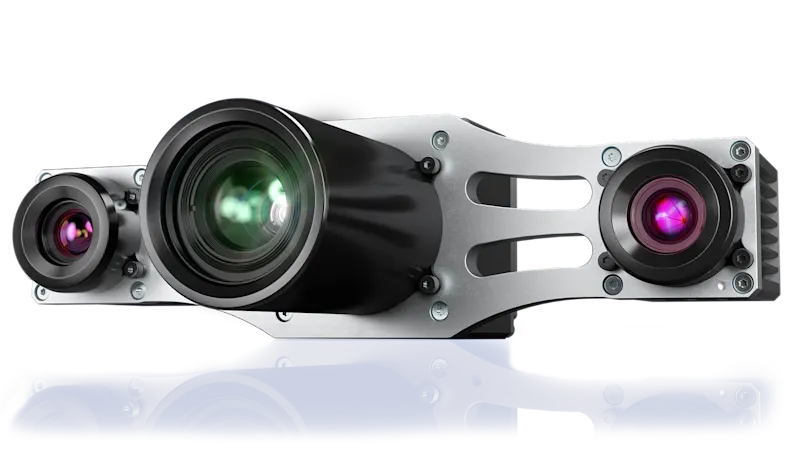
Stereo vision and structured light
Stereo vision works similarly to human eyes. Two 2D cameras take images of an object from two different positions and calculate the 3D depth information using the principle of triangulation. This can be difficult when viewing homogeneous surfaces and in poor lighting conditions, as the data is often too muddled to produce solid results. This problem can be addressed with structured light to lend the images a clear, predefined structure.
Application Area
Stereo vision offers a wide range of services, especially in capturing vicinity with high precision. However, to achieve this accuracy, additional reference marks, random patterns, or light patterns are required. These are integrated into the image by a structured light source. This technology is ideally suited for coordinate metrology and the 3D measurement of workspaces. It is usually only used in the production environment when a high processor load and higher system costs are acceptable.
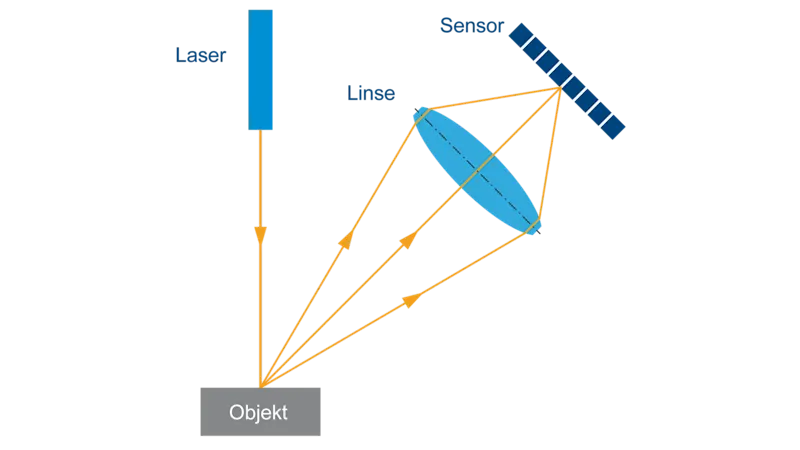
Laser triagulation
Laser triangulation uses a 2D camera and a laser light source to measure the distance to objects. The laser projects lines onto the object, which are captured by the camera. If the object's distance changes, the position of the laser line in the image shifts, allowing the distance to be calculated.
Application Areas
Laser triangulation offers precise results in 3D image processing, even with low-contrast objects and difficult lighting conditions, thanks to structured light. The method is well suited for applications that require high accuracy. Laser triangulation is widely used in quality control, 3D surveying, electronics manufacturing, and medical technology. However, the scanning process makes it relatively slow, which makes it unsuitable for fast-paced production environments.
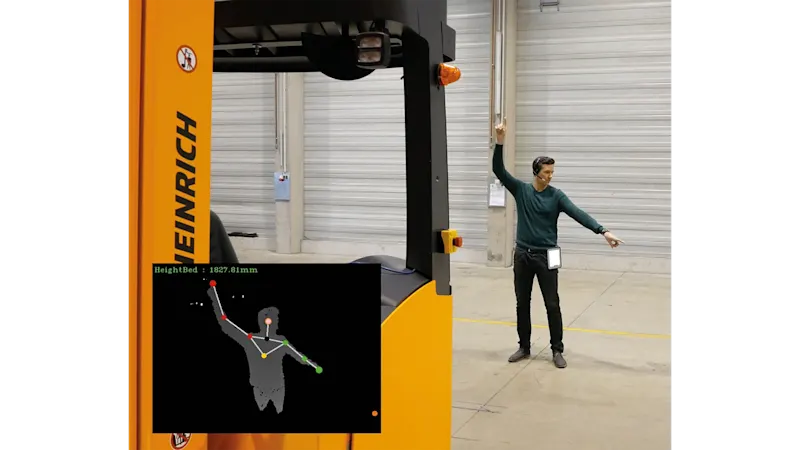
Time-of-Flight (ToF) for precise depth measurement
Time-of-Flight (ToF) is an efficient technology for depth measurement and determining distances. A ToF camera provides both the intensity value and the depth value for each pixel, which indicates the distance to the object. The ToF method can be used to generate detailed point clouds in real time, while at the same time creating an intensity and confidence picture.
Application Areas
ToF is great for volume measurements, palletizing tasks, autonomous vehicles, and robot controls in factory automation. Other applications can be found in medicine, such as patient monitoring and positioning.
Which technology is suitable for my application?
As with 2D cameras, there is no universal solution for all 3D image processing tasks. In order to select the optimal 3D camera technology, the requirements of the specific application must be carefully considered.
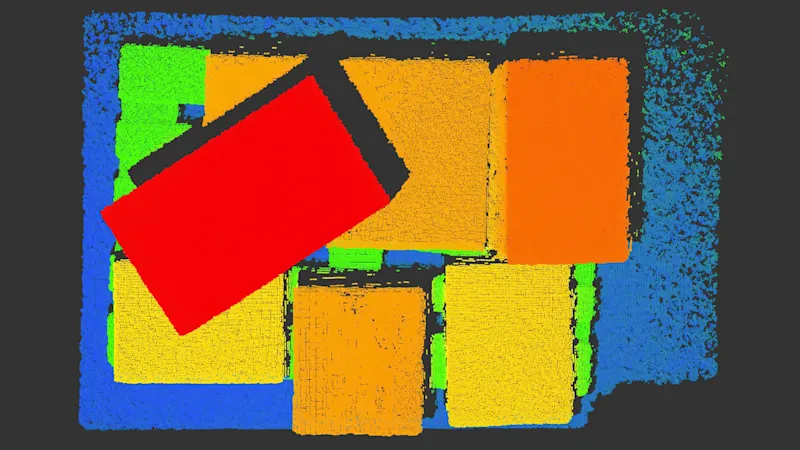
Decisive factors when choosing 3D technology
Important questions when selecting the right technology are: Should the position, shape, orientation, or presence of objects be detected? What accuracy is needed? What is the surface condition of the object? In addition, the working distance, the required speed, as well as the cost and complexity of the desired solution play a decisive role. These factors must be balanced with the possibilities of 3D technology in order to make the best choice.
Our products for image guided robotics
Choose the right products for your vision system from our wide portfolio. Our Vision System Configurator helps you to assemble your system quickly and easily.
